Ceftin: Uses, Side Effects, Interactions
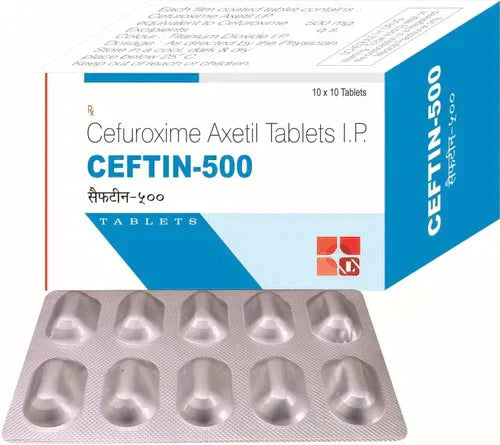
Related products
Ceftin

Health Benefits
A bacterial infection such as bronchitis, pneumonia, ear, skin, throat, or urinary tract infection can be treated with ceftin.Ceftin is additionally used to stop reoccurring meningitis.Only bacterial infections are treated by this antibiotic; viral infections (like the common cold) are not treated by it.
Side Effects
The following are typical Ceftin side effects:nausea, diarrhea, and pain in the abdomenheadache and fatiguejoint pain, rash, oryour hands or feet swelling.
Dosage
Ceftin dosage for adults can range from 250 mg to 500 mg twice daily, depending on the infection's severity.The typical pediatric dose is 25 to 50 mg/kg twice daily.The dose range for meningitis prevention is 75 to 100 mg/kg per day divided into four doses.
Mechanism of Action
Ceftin functions by preventing the synthesis of the bacterial cell wall.The bacteria perish as a result of this action.
Interactions
Other antibiotics, oral contraceptives, probenecid, or methotrexate may interact with ceftin.Give your doctor a complete list of all the drugs and supplements you take.Ceftin should only be used during pregnancy if prescribed.This medication can negatively impact a nursing infant because it is excreted in breast milk.Before breastfeeding, speak with your doctor.
Pharmacokinetics
Following oral administration, ceftin is quickly and entirely absorbed. Following a 500 mg dose, the mean peak serum concentration (Cmax) is attained 1 to 2 hours later. The 250 mg tablet has a bioavailability of roughly 50%, while the 125 mg/5 mL suspension has a bioavailability of roughly 74%.
Following a single 500 mg dose, the serum half-life in adults ranges from 1.4 to 2.6 hours. Following a single 25 to 50 mg/kg dose in children, the serum half-life has been reported to range from 1.3 to 3.8 hours.








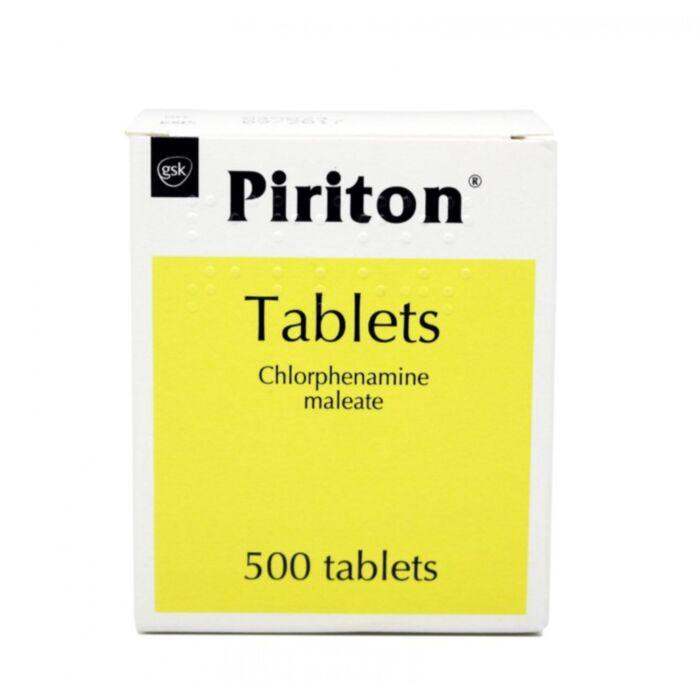








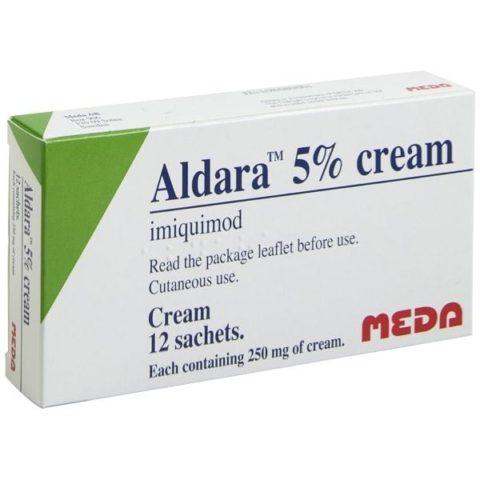
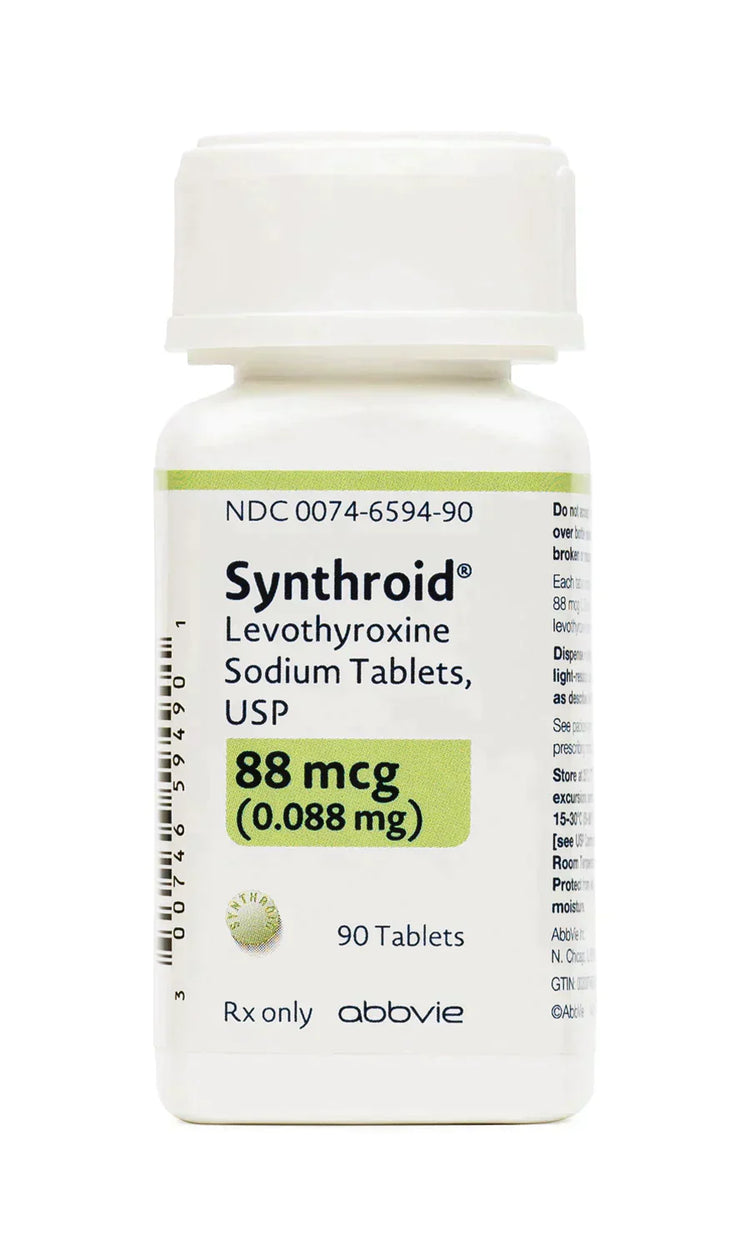
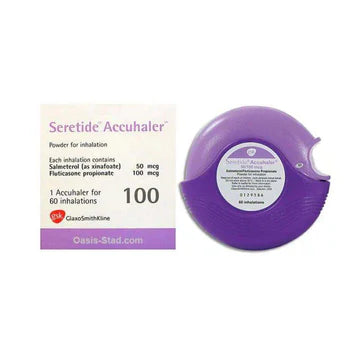
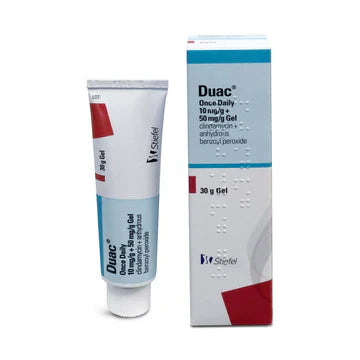

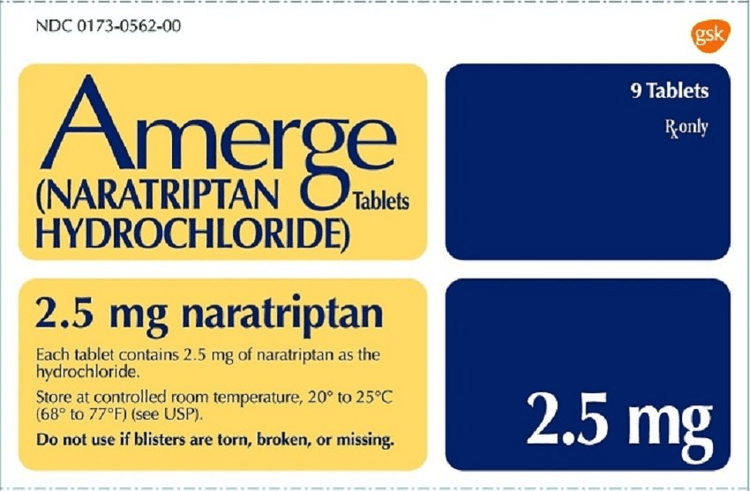
 Rated Excellent by 26,523+ Reviews
Rated Excellent by 26,523+ Reviews